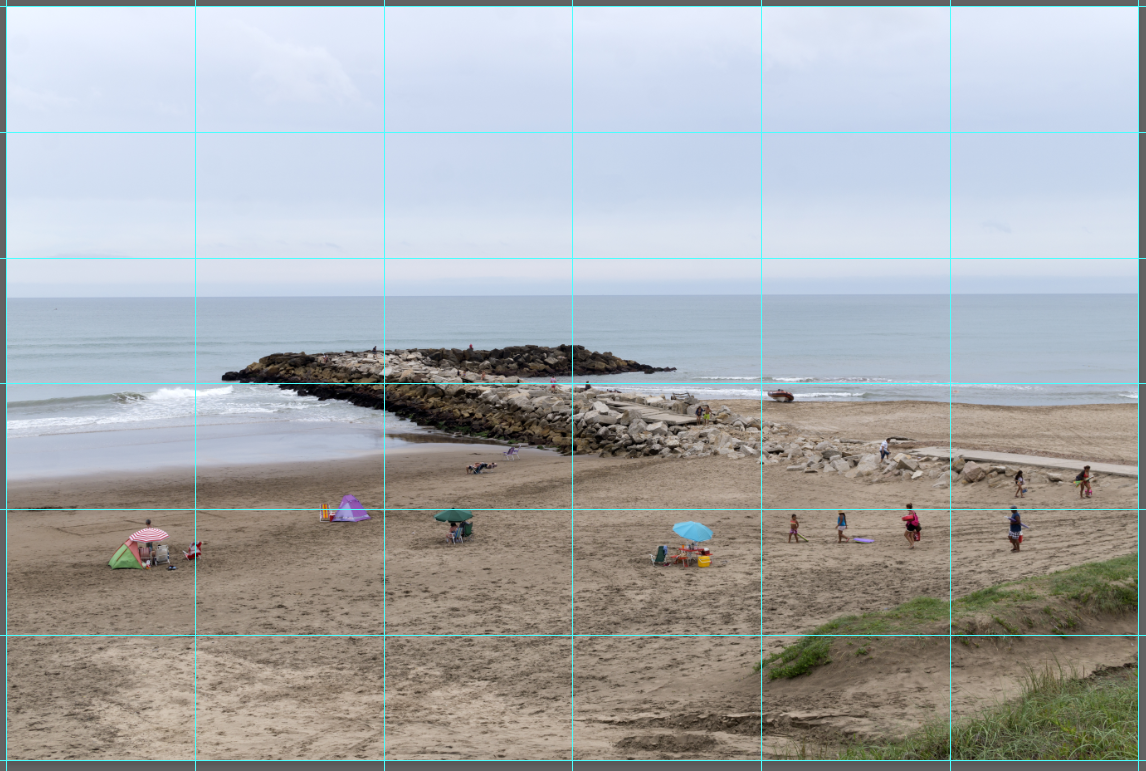- Home
- Photoshop ecosystem
- Discussions
- Re: Advice on best way to navigate around an image...
- Re: Advice on best way to navigate around an image...
Advice on best way to navigate around an image when cleaning dust and scratches?
Copy link to clipboard
Copied
Hello all,
Hope you're all well.
As you all know when working on files, we clean each image of all imperfections i.e. dust, scratches, hairs etc.
Moreover, I find when I am checking back through my cleanup layer there are patches of debris I have missed out. I am trying to find out an efficient sensible way of methodically navigating myself around an image in order to make sure I do not miss these patches of debris. This will save me a lot of time.
This is Photoshop so I understand there is never a "right" way to do anything. Everyone has there own tricks and techniques.
I am very interested in any contribution. Thank you in advance to all who decide to join the thread and pass on your knowledge!
Explore related tutorials & articles
Copy link to clipboard
Copied
Zoom in to see the dust spots.
Press, and hold the H key, left click and move the cursor.
This will cause a black outline that represents the zoom extents, to appear on the screen
Move to new location and release the H key.
If you are worried about missing a area, perhaps use a New Guide layout, and move one grid at a time

Copy link to clipboard
Copied
If you are using separate layer for patches then you can divide image, or split. Hide all other layers but one and work with that part of the image. When you finish delete that layer and so on.
Copy link to clipboard
Copied
I have done this kind of retouching on thousands of images, and I have developed the following workflow.
- Start by viewing the image at 100% (Ctrl + 1). This gives you a true representation of the image – one image pixel is represented by one screen pixel. I have found that spots that can't be seen at 100% will not be visible in a print.
- Press Home to go the top left corner of the image, then drag it a small distance into the screen, so you can see the edges properly.
- To move one screen to the right, press Ctrl + PageDown (on a Mac, use the Cmd key)
Keep pressing Ctrl + PageDown till you get to right edge of the image, then press PageDown to move one screen down.
Then press Ctrl + PageUp to move one screen to the left. And so on. - Photoshop provides a small overlap of screens, so you shouldn't miss any spots.
- Occasionally, you may need to zoom in to 200% or more to be able to fix some spots, and when you go back to 100%, you may not be in the same spot as you were before you zoomed in. In these situations, I usually press Ctr +1, then Home, and navigate through the image using the keyboard until I get to the screen where I was originally.
Copy link to clipboard
Copied
Hello Per.
Thank you for your answer. This seems the most efficient way to navigate myself around an image.
However I seem to be having issues. I am using a Mac and my preferences are set so I have to use "fn+up" (or down etc) when moving through an image, instead of the CMD+up/down shortcut you mentioned.
To add, when I hit fn+right/left my view jumps to the top-right, bottom-right, top-left or bottom left of the image. Instead of moving one screen to the right/left, like it does when I hit fn+up/down.
My question: Is this a problem with my Photoshop shortcuts, Mac shortcuts, or both?
Copy link to clipboard
Copied
Since you mention the Fn key, I'm guessing that you use a laptop that doesn't have the PageUp/Down keys.
I don't think this is a Photoshop problem, but a matter of configuring the keyboard on your Mac.
I'm not familiar with Macs, so hopefully a Mac person will come along and help you with that.
Lumigraphics gave you good advice about using an adjustment layer. I do this myself, but forgot to mention it initially.
Make sure that the backgound layer is selected when you do the retouching. When you're done, you can delete the adjustment layer.
Copy link to clipboard
Copied
View at 100%, just click in the scroll bar to move one screen at a time. Go across, down, across, down.
To better view dust spots, add a Levels adjustment layer and drag the black slider to the right. You are increasing contrast and making more of the image dark. You can also drag the white point slider to the left a bit. With the right adjustment, dust spots pop right out.
Copy link to clipboard
Copied
To add to Per Berntsen comment, I believe alt/opt page up and page down will move the screen up and down. Used this method a lot for spotting scanned negatives.
Copy link to clipboard
Copied
I wiped the dust off my copy of Real World Adobe Photoshop CS2 (by Bruce Fraser and David Blatner), and found this, which I had highlighted back in 2006 or so.
When you press Page Up or Page Down, Photoshop scrolls the image by almost an entire pages's worth of pixels up or down. It leaves a small band of overlap, just in case. While there's no Page Left or Page Right button, you can jump a screen to the left or right by pressing Command-Page Up or Command-Page Down. You can scroll in 10-pixel increments by pressing Shift-Page Up or Shift-Page Down (or, again, add the Command key to go left or right).
I had forgotten about the 10-pixel scroll, but all this still works in in the latest version on my Windows computer, replacing Command with Control.
Find more inspiration, events, and resources on the new Adobe Community
Explore Now